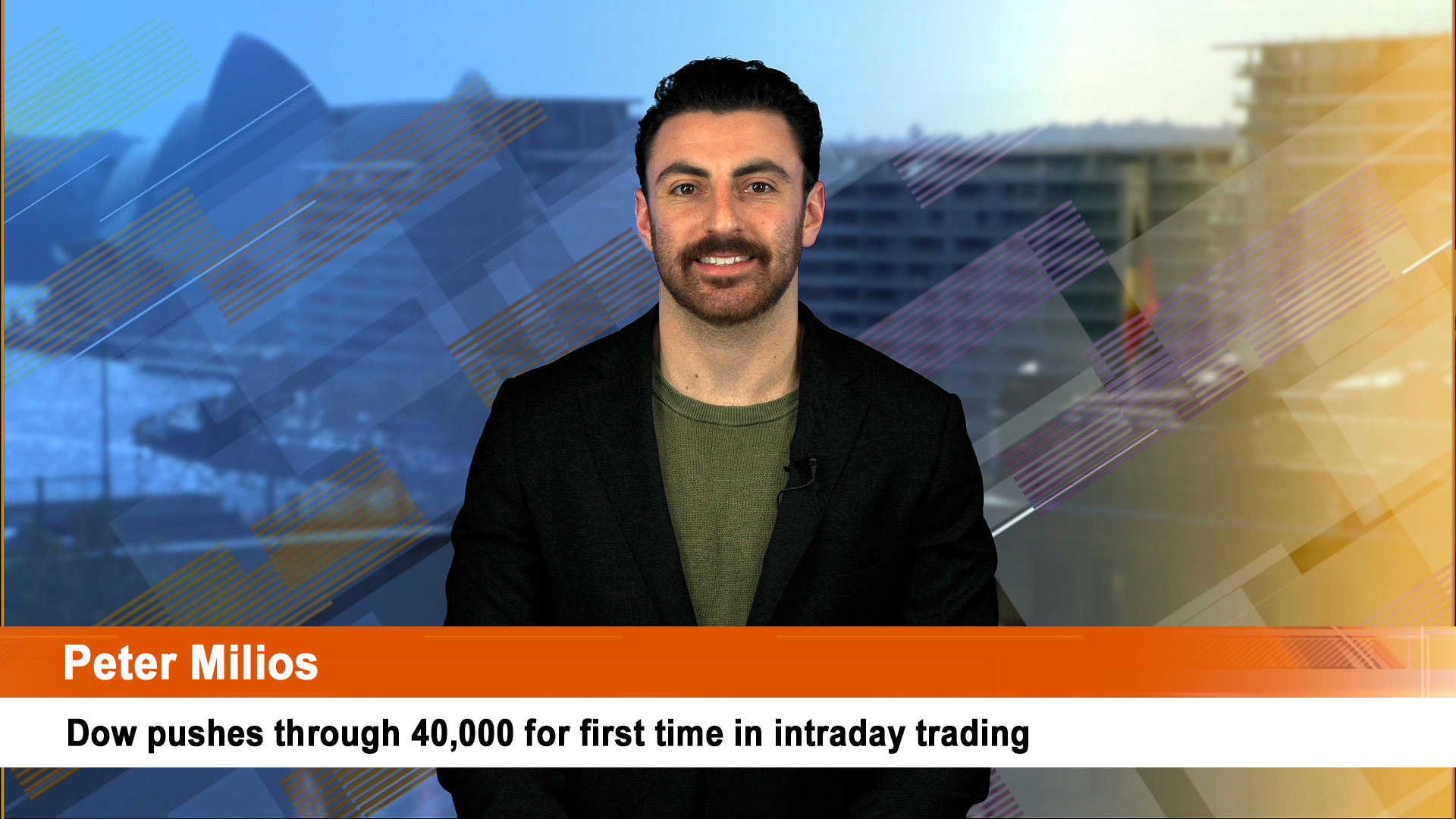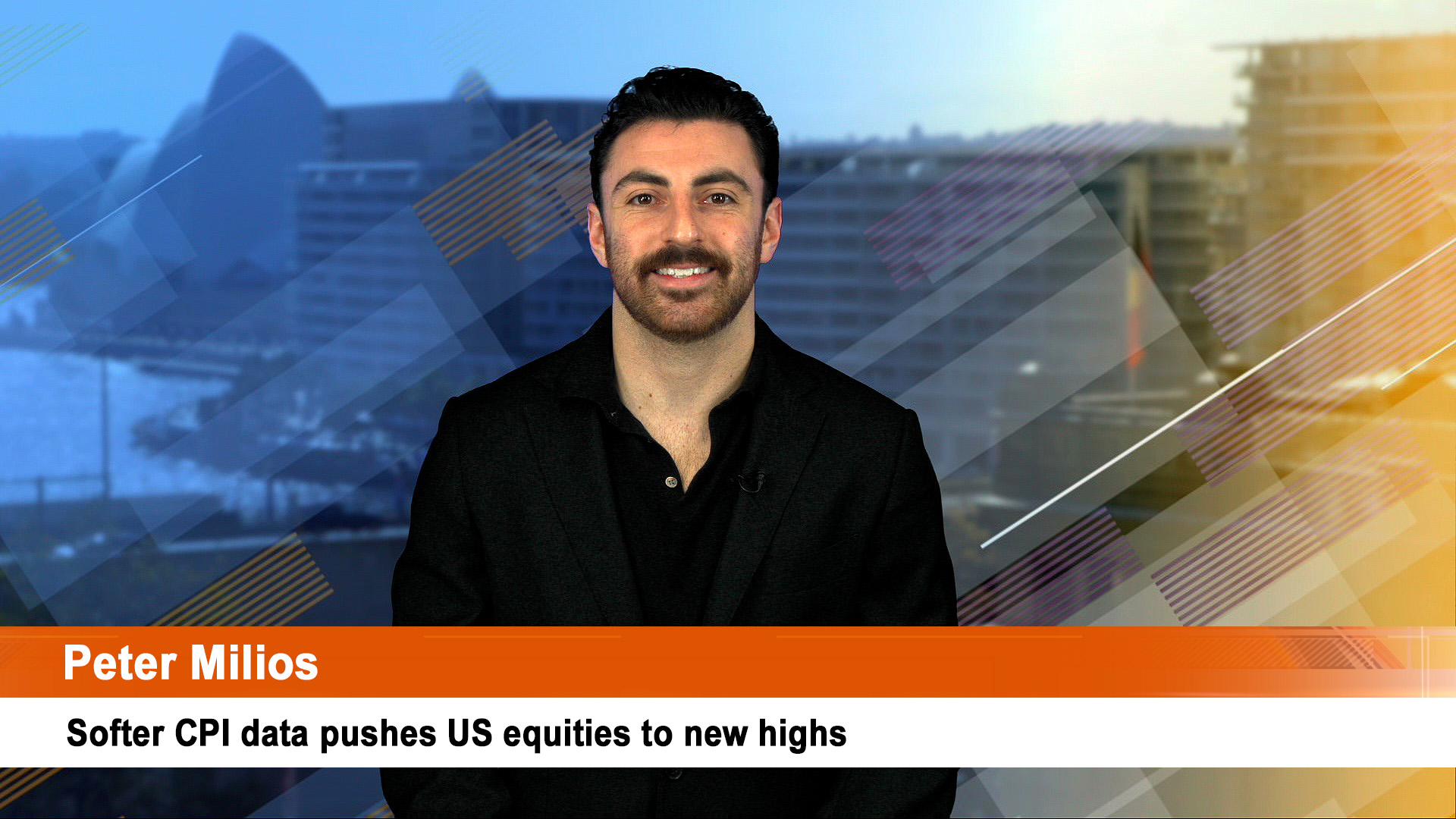The Australian December 31 reporting season accelerates this week with around 10 major companies due to report, led by Suncorp and Transurban.
As is the case in the US, Europe and Asian markets, the earnings reports for the December period overall will look solid, but that will be due to the surge in energy prices that will see big one-off revenue and profit gains for oil and gas companies.
The AMP’s chief economist, Shane Oliver says that after recent upgrades, “consensus earnings expectations for 2022-23 are for growth of 7.3%, but this is concentrated in energy, industrials, IT and utility stocks.
“Expect companies to generally confirm that cost and supply chain pressures have eased somewhat from last year,” he wrote at the weekend.
With the weak retail sales data for December the results from this sector will not be a good guide. While the likes of JB HiFi and Myer will do well (because they have already updated us on a strong trading in late 2022 and early this year), other retailers will struggle.
Others to report in the coming week include Nick Scali, Macquarie (its usual third quarter update tomorrow), Amcor, AGL, Mirvac, News Corp and REA (which were due last week but pushed out a week, possibly to allow the $US3 billion sale of News’ Move real estate business in the US to be finalised).
Baby Bunting is also due but it has already provided a comprehensive update in late January. Shopping Centres of Australia is also down to report today, along with Adelaide-based Argo Investments.
Suncorp’s results will update the sale process for its Brisbane-based regional bank, though we have to wait until the competition regulator issues its decision on that in June.
Suncorp will also update the market on the cost of the record floods and rains in Auckland at the end of January – the company has already said its maximum cost (helped by re-insurance) will be $50 million but investors will ask how that leaves the insurer if there is another big disaster this year (though after the string of floods, rain and storms in 2021 and 2022, the odds are that 2023 will turn out to be a quieter year).
But the Auckland rain and floods has already battered the ASX’s biggest general insurer, Insurance Australia Group. It told the market on Friday that its insurance margins for June 30 financial year would be about 10%, down from previous guidance of 14-16%, hurt by the impact of floods and storms in NSW in the December half year and the early impact of the Auckland event.
On Friday IAG raised its forecast for natural disasters for this year, after it received 15,000 claims from disastrous floods in Auckland. It said the disaster would lead to costs of about $236 million.
“As previously advised, based on a combination of IAG’s catastrophe and whole-of account quota share arrangements, the Maximum Event Retention at 1 January 2023 was $236 million.
“A preliminary assessment of expected claims for the Auckland event indicates that the natural perils cost impact, net of reinsurance, will be at the $236 million retention level.
“IAG has a strong reinsurance program in place for any further catastrophe events during 2023, including the second event drop-down cover and an aggregate cover which will reduce the Maximum Event Retention for a second event during the 2023 financial year to $192 million.
“As previously indicated, an additional premium will be payable on a pro-rata basis for a second drop-down cover, given the gross costs for the Auckland event are expected to exceed $350 million.
“Natural perils costs for 1H23 are expected to be $524 million, which is $70 million above the allowance for the period. Perils experience in Australia was relatively benign during January and, excluding the Auckland event, the actual experience to 31 January 2023 is expected to be broadly in line with the allowance.
To reflect the Auckland event, IAG’s FY23 forecast for natural perils has been increased by $236 million to $1,145 million. This takes into account the adjustments to IAG’s reinsurance program announced on 10 January 2023, the benign Australian summer perils environment to date and a weakening La Niña weather pattern.
IAG is due to release its interim results a week today (Monday).
…………
In the US around 95 S&P 500 companies are due to report this week. Up to Friday just over 50% of the index’s companies had reported and once again the data was made to look a lot better by very high earnings from the likes of Exxon Mobil and Shell.
So far, from the companies that have reported, 70% of results have come in better than expected which is below the norm of 76%,” Dr Oliver said at the weekend.
“Consensus earnings expectations are for growth of -2.1%yoy. Energy and industrials are coming in strongest but with materials, financials, telcos and tech seeing falls in earnings.
Non-US earnings growth is faster at +6.4% but as we saw with Amazon, Apple and Alphabet, the strong US dollar in the final quarter of 2022 slashed revenues and earnings for the period (even though it eased from the previous quarter).
The strong US jobs data for January saw the greenback rise on Friday, halting the drift lower so far in 2023. If this continues, then the US dollar will be a negative for this quarter.
Companies reporting this week include Pepsi, Yum China, DuPont, Ralph Lauren, Mattel (which will be interesting, given that its rival, Hasbro did badly and has cut 1,000 jobs worldwide).
Saputo – the big Canadian and Australian dairy group – is due to report, along with Swiss bank Credit Suisse and energy major BP. Toyota, Nissan and Honda lead a group of Japanese carmakers due to report this week as well.
Uber, PayPal, Zurich Insurance, Disney, News Corp, Fox Corp, the New York Times, Softbank, KKR & Co, are among others down to report.













